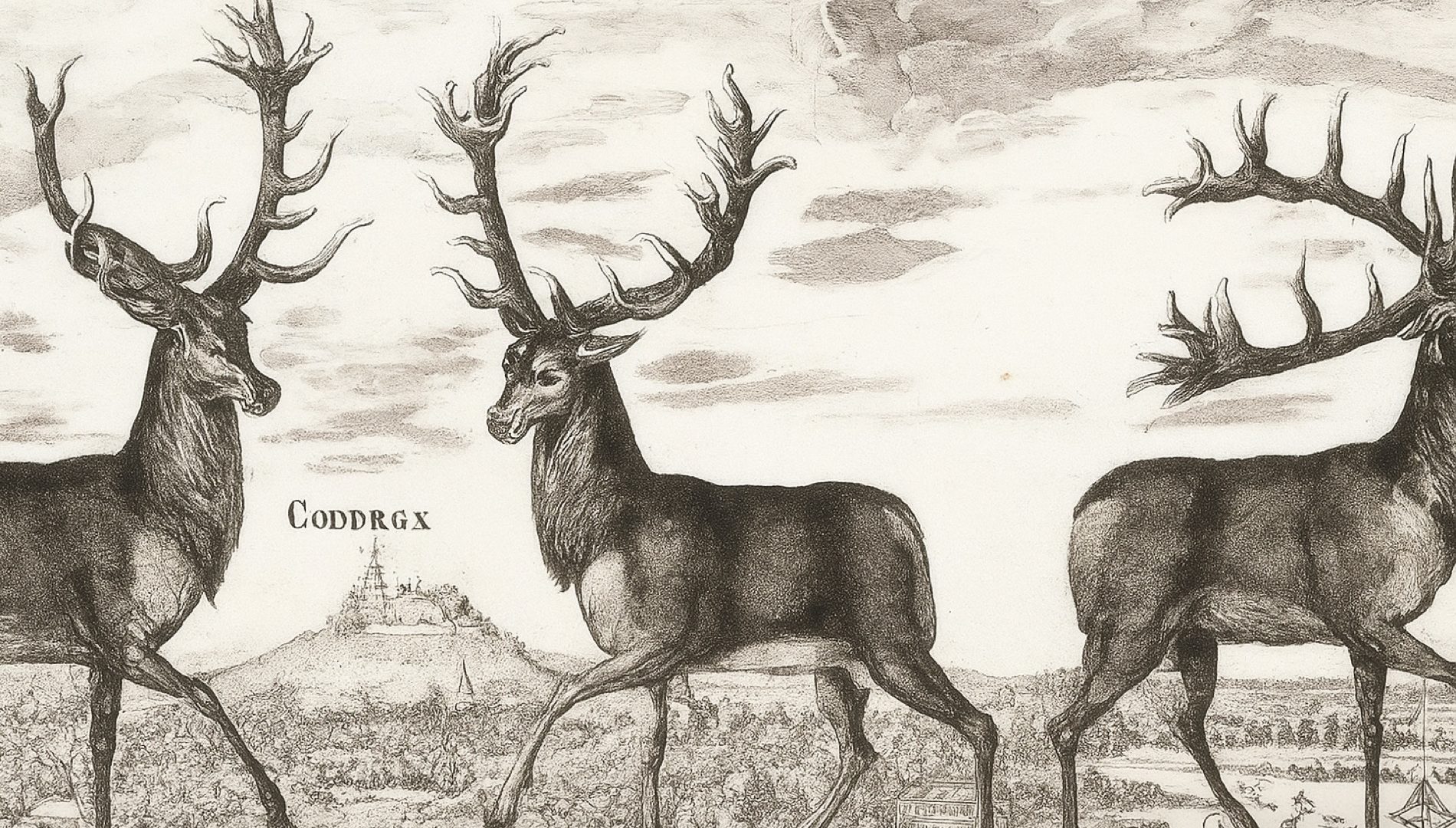For the literary and artistic magazine Octopus, Middle Ages historian Patrick Demouy looks back at the Champagne wine and its rise at the Court of kings.
Reims is the city of Coronations. Thirty-three kings were anointed and crowned there in memory of Clovis, the first king of the Franks, who was baptized by archbishop Saint Remi around the year 500. Very soon, the many legends fostered by the original event included the well-known miracle of a dove delivering a holy Vial filled with fragrant balm. For generations, kings were anointed with this holy oil at their Coronation, which increased their sacredness.
In another miracle, one of the many involving the archbishop, Saint Remi gave Clovis a barrel of wine that would not empty as long the King benefitted from the grace of God, and which would also ensure his victory. Was the archbishop a winegrower? In a certain sense, because his will mentions five vineyards that he took care of. This also provides the first written record of grapevines in Champagne. Did the King enjoy wine? Certainly, and this one played an important role at Coronations.
Coronations attracted many people to Reims, from the kingdom’s great men to the common people who were keen to witness the royal majesty. This was manifested by generosity, with coins being distributed freely and a wine fountain installed in the courtyard of the archbishop’s palace. That is where, next to the Cathedral, the King himself stayed. His fellow noblemen were hosted by local inhabitants. The city of Reims having been destroyed by the First World War, only a few of these old houses remain. One became the property of Champagne Taittinger, and is still called Residence of the Counts of Champagne. Not because it belonged to them, but because that is where they lodged. The Count of Champagne was one of the twelve peers of France, which meant that he had to attend every coronation.
After a very long ceremony in the Cathedral, a feast was given at the palace. According to the oral history archives, available to us from the 14th century onwards, mainly local wines were of course served, but some also came from Saint-Pourçain and Beaune. It is interesting to see how the difference between Burgundy wines, twice as popular, and the red and white still wines of Champagne, gradually decreased. In the 16th century they were equal, a sign of an obvious improvement in quality. Champagne wine was served at the King’s table. And since it was a custom to give him wine every time he came to the city, he always brought some back to the Court. In 1722, a total of 6,000 bottles with the City’s coat of arms were given to Louis XV and his noblemen, thus offering fantastic promotion. All the more because his Coronation was recorded as serving sparkling wine for the very first time.
Forty-five barrels of white and red wine were bought from the Count of Sillery (a village near Reims): “Almost all the best wines were put into flasks, some sparkling, others not.” Champagne, as it is known today, was ready to conquer the tables of the European elite and establish itself as the king of wines.




